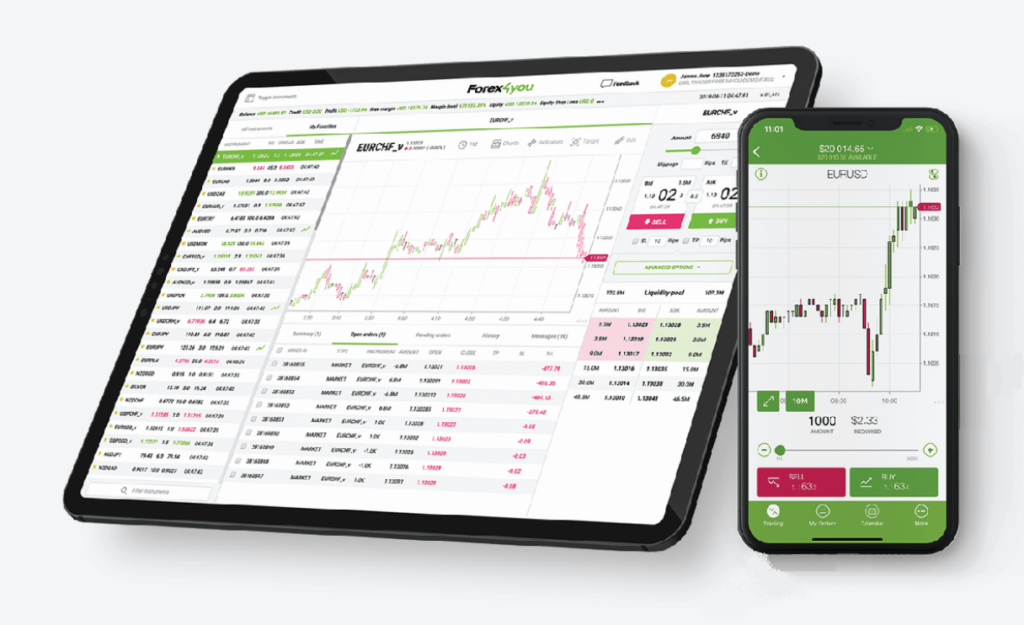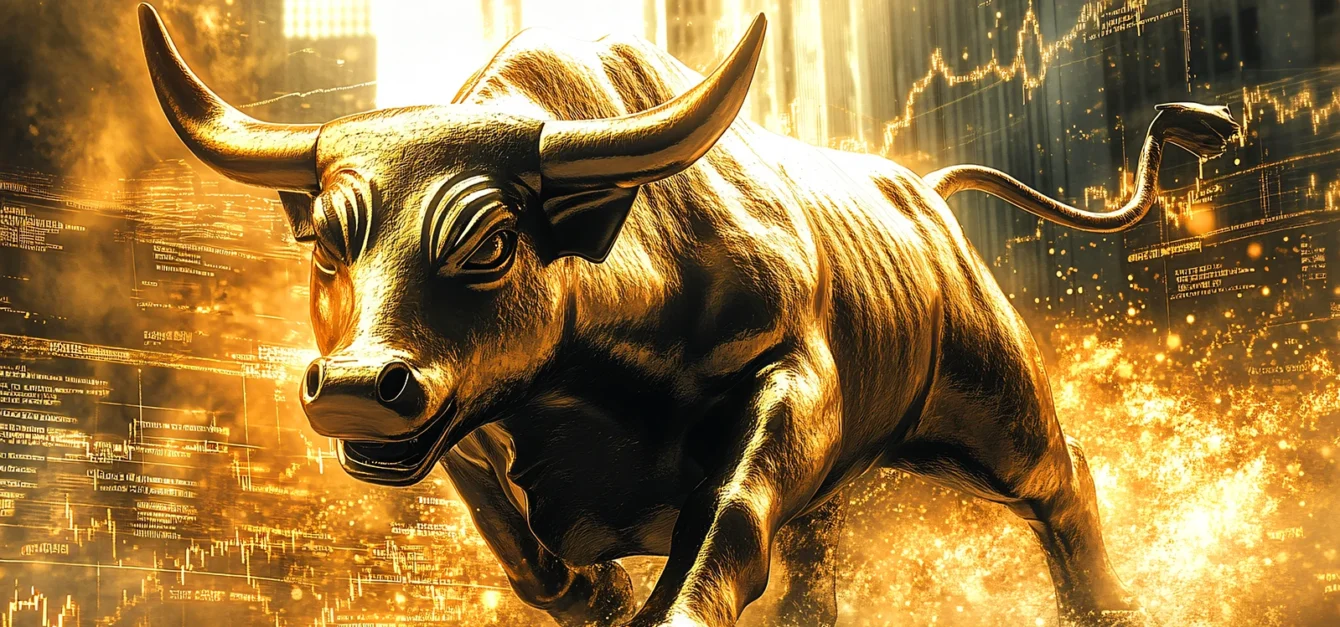Explaining “Fair Value Gap” In Forex Trading
The world of Forex trading is replete with various terms and concepts that often confuse novice traders. One such term is the “fair value gap.” Fair value gap is a difference in price levels that occurs when the perceived fair value of a currency pair diverges from its current market price.

What Exactly is the “Fair Value Gap” in Forex?
In Forex trading, the term “fair value” refers to the estimated true value of a currency pair based on economic indicators, market conditions, and other analytical factors. A “fair value gap” occurs when there’s a clear discrepancy between this value and the exchange rate quoted in the market. This difference can arise due to sudden news events, economic data releases, or changes in interest rates that affect the currency’s perceived value.
The Impact of a “Fair Value Gap” on Trading Decisions
Understanding the concept of the fair value gaps can have a significant impact on a trader’s decisions. When traders identify a gap, they typically anticipate the market price to adjust and realign with the currency’s fair value. As a result, it creates trading opportunities. If the market price is below the fair value, a trader might take a long position, expecting the price to rise. Conversely, if the price is above fair value, a trader might short sell, expecting the price to fall.
Strategies to Exploit the “Fair Value Gap”
Traders have developed various strategies to exploit the fair value gaps. For instance, some might employ a mean-reversion approach, betting on the price to revert back to the perceived fair value. Others might use a breakout strategy, entering the market when the price moves beyond a defined range, indicating the start of a new trend after the revaluation.
The Risks Associated with Trading on Fair Value Gaps
Trading on fair value gaps is not without its risks. The gap may not close as anticipated or might take an extended period to do so. Moreover, there’s always a risk that the trader’s assessment of fair value is incorrect. Hence, careful risk management and a robust trading strategy are essential when aiming to profit from fair value gaps in Forex trading.
In conclusion, understanding the fair value gap can serve as a useful tool for Forex traders. Recognizing these gaps and employing sound trading strategies to take advantage of price misalignments can potentially lead to substantial profits. However, traders must remain cautious and always consider the risks involved in such trades.


